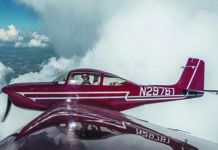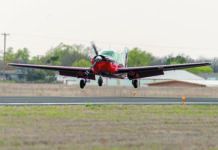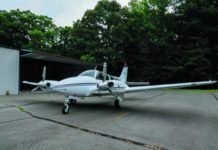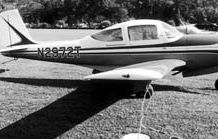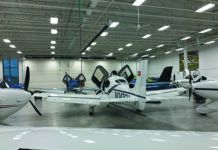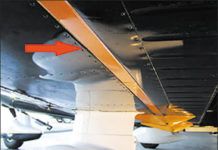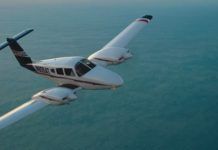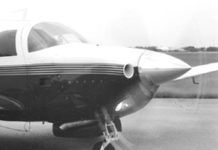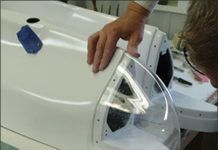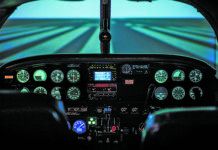Piper Comanche - search results
Meyers 200
Bellanca Viking
Beech Baron 55
Meyers 200
There's something about the Meyers 200 that is hauntingly familiar. It doesnt look like a 40-year-old factory airplane; rather, its more like a current homebuilt with that sleek bubble cabin... kind of like a Lancair IV. Thats not surprising, given the following bit of aviation trivia that one of our readers sent in: Lance Neibauer, designer of the Lancairs, is evidently the nephew of the late Ray Betzold, who along with Al Meyers and Pard Diver brought the Meyers 200 into existence. Neibauer was exposed to that sleek shape early on.
While it may resemble a modern composite homebuilt in its looks, the Meyers is definitely a product of the late 1950s. Construction consist...
Used Aircraft Guide: Cessna Cardinal RG
Reader Correspondence – July 2020
Gap Seal Mods: Improved Handling
Multi-Engine Trainers: A Strong Field
LoPrestis Super Mooney Cowl
Aftermarket Parts: Knots 2U Fiberglass
Recurrent Training: Finding Quality
Letters 02/98
Engine
Crystal Ball
I have a suggestion for a future topic and a question. Actually, several questions. How about some more coverage on diesel engines and how all this relates to the continuing availability of 100LL.
My question relates to that topic: Should we, as aircraft owners, be planning for the eventual transition to diesel engines? For an aircraft owner facing engine replacement one, three and five years from now, what is your best informed guess on what we should plan for?
Should an owner stretch out his remaining engine time to position himself for one of the new engine designs? If so, which ones? Or should he simply go for the conventional engine replacem...

